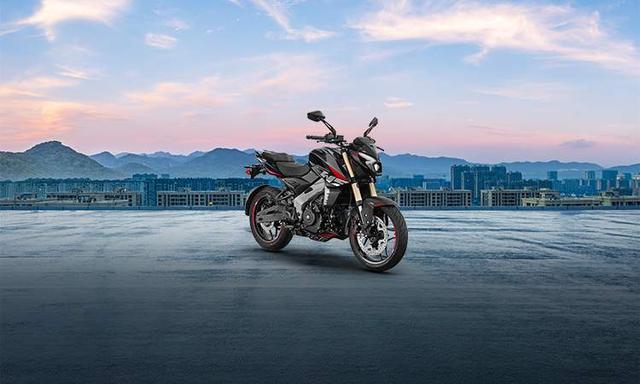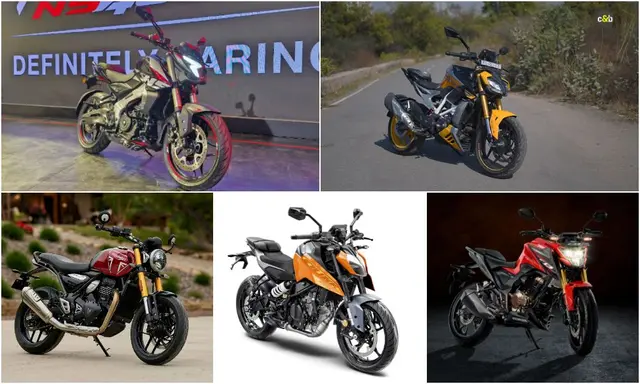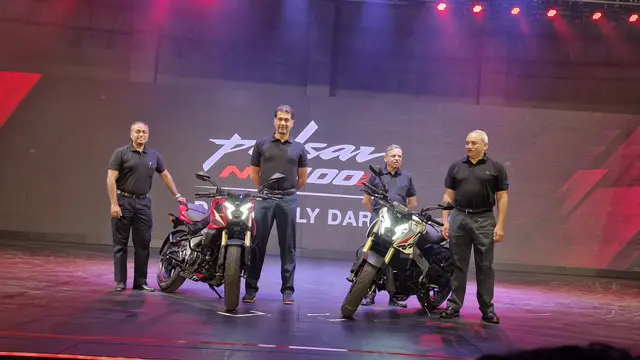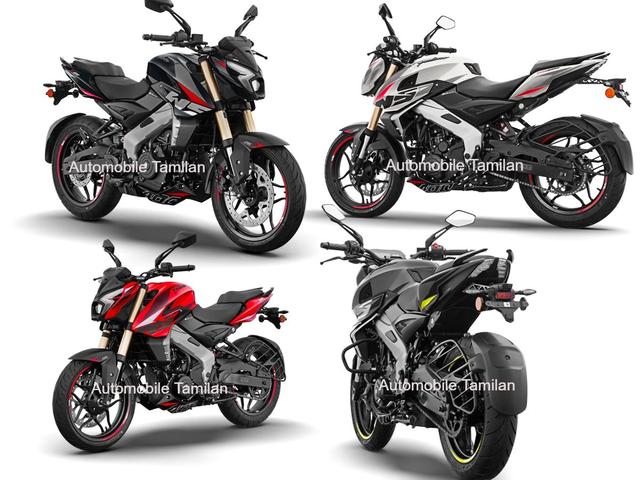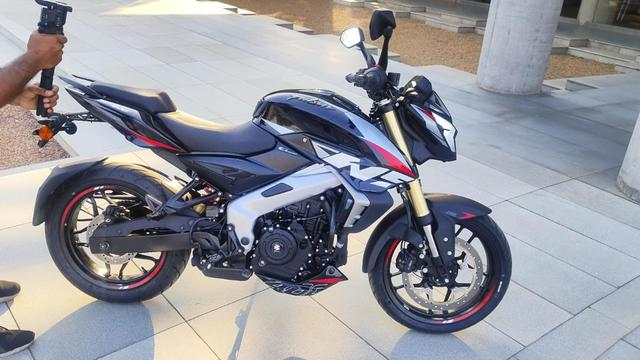Bajaj Pulsar NS400Z vs Rivals: Specifications Comparison

Highlights
- Bajaj Pulsar NS400Z compared with its rivals
- It is one of the most affordable 400 cc motorcycles in India
- It gets the same 373 cc engine from Dominar and more features
The Bajaj Pulsar NS400Z is now on sale in India and it happens to be one of the most affordable 400 cc motorcycles in the country, if not the most. But along with its affordability, how does it stack up against its rivals, most of whom are from the Bajaj-KTM-Triumph family itself, with the only exception being the TVS Apache RTR 310. Here’s our comprehensive specifications comparison of the newly launched Bajaj Pulsar NS400Z.
Also Read: Bajaj Pulsar NS400Z launched in India
Bajaj Pulsar NS400Z vs Rivals: Engine Specifications

A glance at the table below and the clear winner in this department is the KTM 390 Duke with a significant advantage in power output. The Triumph Speed 400 and the Pulsar NS400Z are neck and neck when it comes to power and torque output. The TVS makes about 4 bhp less than the Pulsar and is significantly low on the torque as well. But then, the TVS and the KTM get a bi-directional quick-shifter, which is an optional fitment on the Apache RTR 310 but a standard feature on the 390 Duke. The Pulsar gets a slip and assist clutch.
| Specifications | Bajaj Pulsar NS400Z | TVS Apache RTR 310 | KTM 390 Duke | Triumph Speed 400 |
| Displacement | 373 cc | 312 cc | 399 cc | 398 cc |
| Engine | Single-Cylinder, Liquid-Cooled, DOHC | Single-Cylinder, Liquid-Cooled, DOHC | Single-Cylinder, Liquid-Cooled, DOHC | Single-Cylinder, Liquid-Cooled, DOHC |
| Max Power | 39.45 bhp at 8,800 rpm | 35.1 bhp at 9,700 rpm | 45.4 bhp at 8,500 rpm | 39.5 bhp @ 8,000 rpm |
| Peak Torque | 35 Nm at 6,500 rpm | 28.7 Nm at 6,650 rpm | 37 Nm at 7,000 rpm | 37.5 Nm @ 6,500 rpm |
| Gearbox | 6-speed with assist & slipper clutch | 6-speed with bi-directional Q/S | 6-speed with bi-directional Q/S | 6-speed with Torque Assist Clutch |
Bajaj Pulsar NS400Z vs Rivals: Chassis

The Pulsar NS400Z gets a steel perimeter frame, and it is heavier than the Apache RTR 310 and the 390 Duke. Also, it has the tallest seat height among all the motorcycles in competition. The RTR 310 also gets the maximum fuel tank capacity of 15 litres, a good 3 litres more than the Bajaj. In terms of ground clearance, the Bajaj has a significantly lower ground clearance than the TVS and the KTM.
Also Read: Bajaj Pulsar NS400Z vs Rivals: Price Comparison
| Specifications | Bajaj Pulsar NS400Z | TVS Apache RTR 310 | KTM 390 Duke | Triumph Speed 400 |
| Chassis Type | Steel Perimeter frame | Trellis frame with Aluminium subframe | Split Trellis frame with Aluminium subframe | Hybrid Spine, Tubular Steel, Bolt-on Subframe |
| Seat Height | 807 mm | 800 mm | 800 mm | 790 mm |
| Ground Clearance | 168 mm | 183 mm | 180 mm | NA |
| Fuel Capacity | 12 litres | 15 litres | 11 litres | 13 litres |
| Kerb Weight | 174 kg | 168 kg | 169 kg | 176 kg |
Bajaj Pulsar NS400Z vs Rivals: Suspension, Brakes, Tyres

Only the Bajaj and the Triumph get a 43 mm USD fork, while the TVS and KTM get a 41 mm USD unit. But the KTM also gets fully adjustable suspension as standard. The Pulsar NS400Z gets the skinniest tyres among all the motorcycles here. The NS400Z also gets a bigger set of disc brakes than the Triumph and the TVS.
| Specifications | Bajaj Pulsar NS400Z | TVS Apache RTR 310 | KTM 390 Duke | Triumph Speed 400 |
| Front Suspension | 43 mm USD | Fully adjustable 41 mm USD | Fully adjustable 41 mm USD | 43 mm Big Piston Fork USD - 140 mm |
| Rear Suspension | Monoshock with preload adjustment | Fully adjustable monoshock | Fully adjustable off-set monoshock | Monoshock with pre-load adjustment - 130 mm |
| Front Brake | 320 mm disc (ABS) | 300 mm (ABS) | 320 mm (ABS) | 300 mm (ABS) |
| Rear Brake | 230 mm disc (ABS) | 220 mm (ABS) | 240 mm (ABS) | 230 mm (ABS) |
| Front Tyre | 100/70 - 17 | 110/70-R17 | 110/70-R17 | 110/70-R17 |
| Rear Tyre | 140/70-17 | 150/60-R17 | 150/60-R17 | 150/60-R17 |
Bajaj Pulsar NS400Z vs Pricing

Now, the most important bit, pricing! There is no doubt that the Bajaj Pulsar NS400Z is rather competitively priced. And it doesn’t skimp out on performance and features either. The Pulsar NS400Z gets Bluetooth connectivity, riding modes, ABS modes, switchable traction control and ride-by wire. And all of that at an introductory price of Rs. 1.85 lakh (ex-showroom). TVS offers two feature kits for the Apache RTR 310. The dynamic kit which will cost an extra Rs. 18,000 and offers fully adjustable suspension, brass-coated chain, and tyre pressure monitoring system. The dynamic pro kit is priced at Rs. 22,000 and offers race tuned six-axis IMU with stability control, cornering ABS, traction control, wheelie control and rear-lift control to name a few along with the cooled seat. The TVS is heavy on features, but all of it comes at a price.

| Prices | Bajaj Pulsar NS400Z | TVS Apache RTR 310 | KTM 390 Duke | Triumph Speed 400 |
| Ex-showroom Prices | Rs.1.85 lakh | Rs. 2.57 lakh to Rs. 2.64 lakh | Rs. 3.11 lakh | Rs. 2.35 lakh |
The Triumph Speed 400 is the least equipped of the four bikes here and is the second most affordable bike but is still Rs. 50,000 more expensive than the NS400Z. The KTM 390 Duke is the most expensive machine but then it also makes maximum power and torque along with getting most features as standard.
Overall, it is difficult to deny the fact that the Bajaj Pulsar NS400Z gives you the maximum bang for your buck when you consider its aggressive pricing.
Research More on Bajaj Pulsar NS400
Popular Bajaj Models
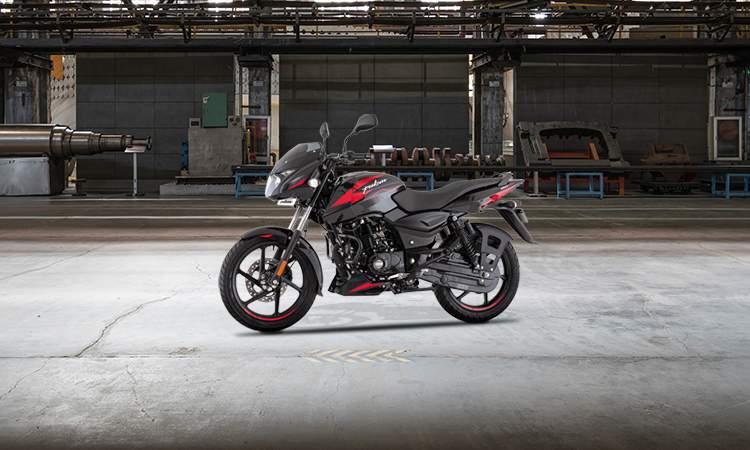 Bajaj Pulsar 150Ex-Showroom Price₹ 1.04 - 1.14 Lakh
Bajaj Pulsar 150Ex-Showroom Price₹ 1.04 - 1.14 Lakh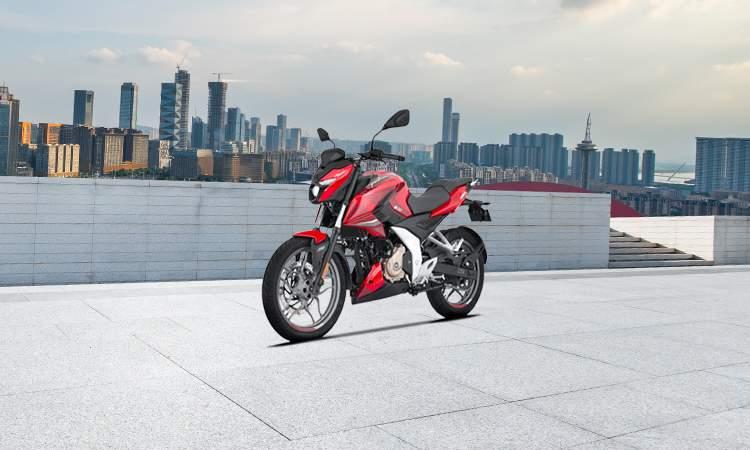 Bajaj Pulsar N250Ex-Showroom Price₹ 1.38 - 1.5 Lakh
Bajaj Pulsar N250Ex-Showroom Price₹ 1.38 - 1.5 Lakh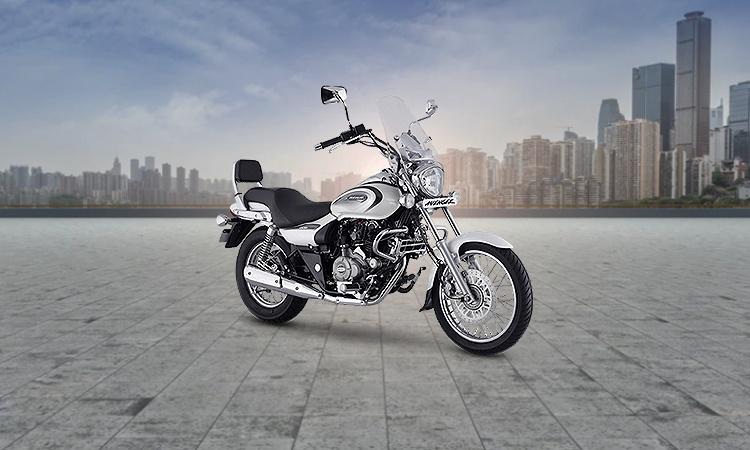 Bajaj Avenger Cruise 220Ex-Showroom Price₹ 1.23 Lakh
Bajaj Avenger Cruise 220Ex-Showroom Price₹ 1.23 Lakh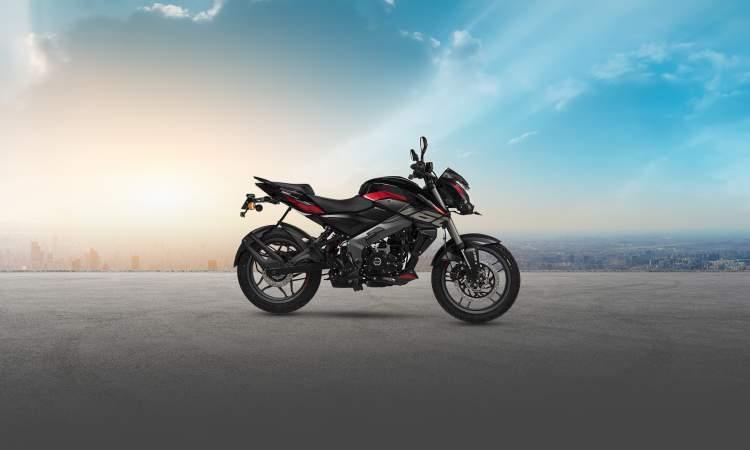 Bajaj Pulsar NS160Ex-Showroom Price₹ 1.46 - 1.85 Lakh
Bajaj Pulsar NS160Ex-Showroom Price₹ 1.46 - 1.85 Lakh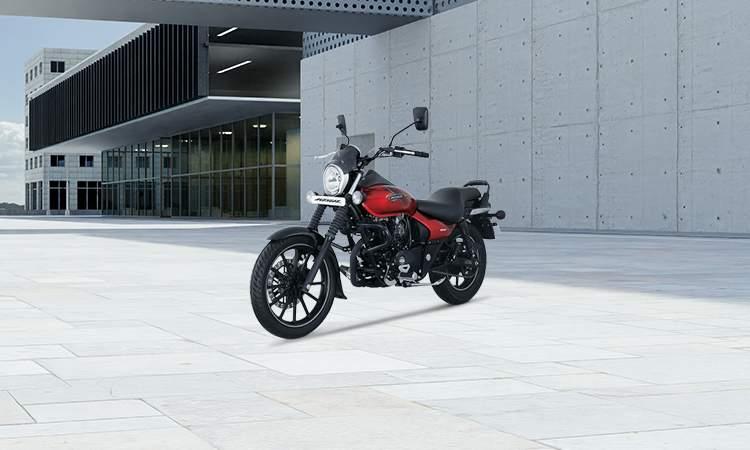 Bajaj Avenger Street 160Ex-Showroom Price₹ 1.01 Lakh
Bajaj Avenger Street 160Ex-Showroom Price₹ 1.01 Lakh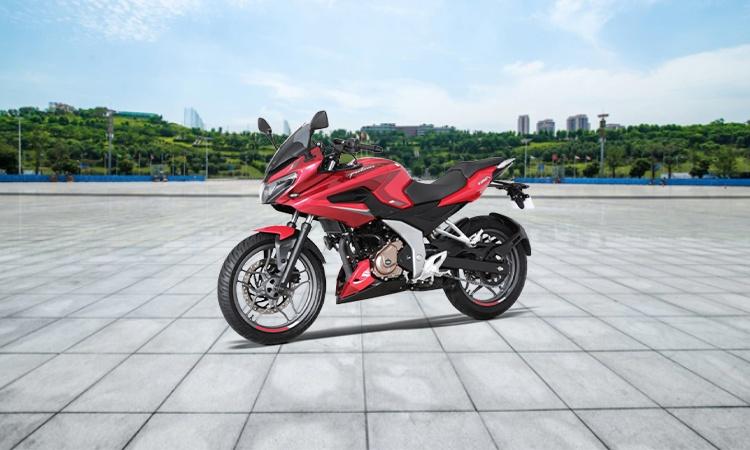 Bajaj Pulsar F250Ex-Showroom Price₹ 1.4 - 1.5 Lakh
Bajaj Pulsar F250Ex-Showroom Price₹ 1.4 - 1.5 Lakh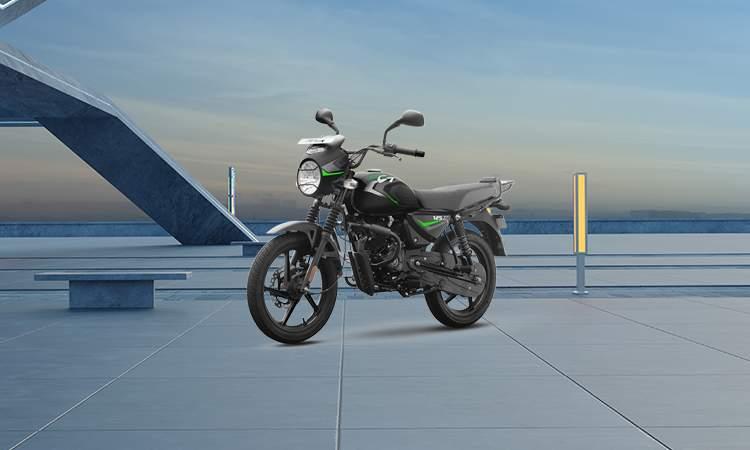 Bajaj CT 125 XEx-Showroom Price₹ 71,354 - 74,682
Bajaj CT 125 XEx-Showroom Price₹ 71,354 - 74,682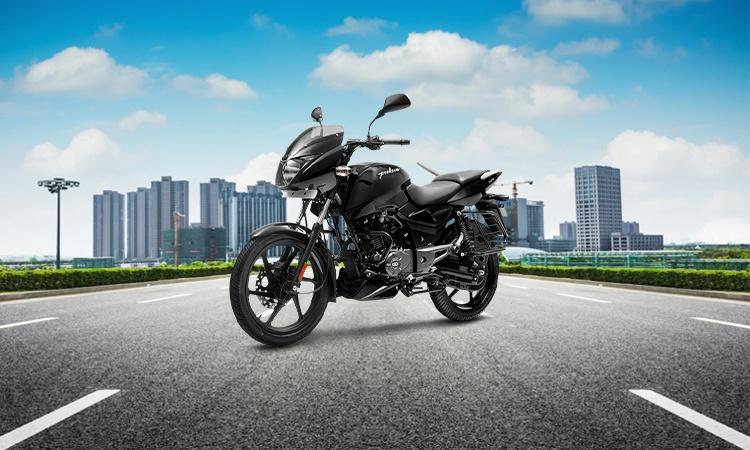 Bajaj Pulsar 125Ex-Showroom Price₹ 72,122 - 80,218
Bajaj Pulsar 125Ex-Showroom Price₹ 72,122 - 80,218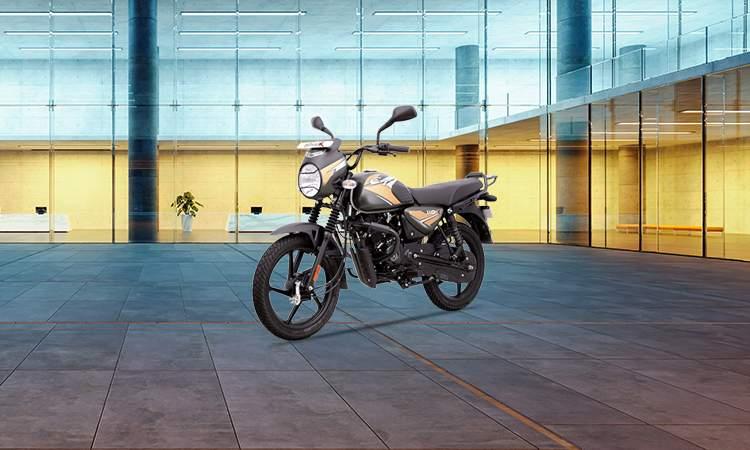 Bajaj CT 110Ex-Showroom Price₹ 61,869
Bajaj CT 110Ex-Showroom Price₹ 61,869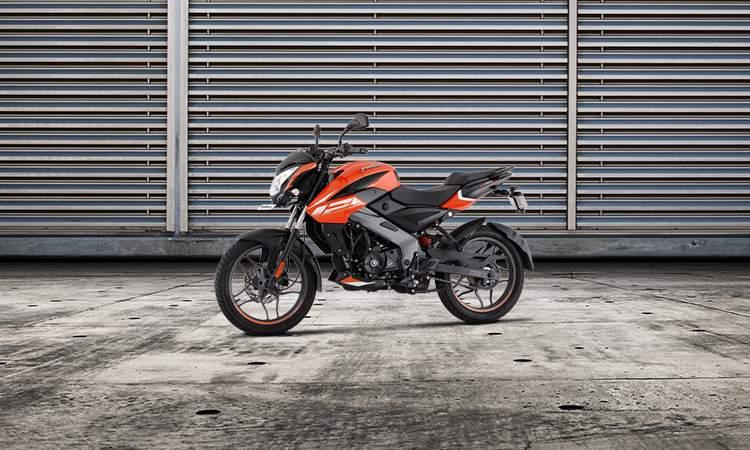 Bajaj Pulsar NS 125Ex-Showroom Price₹ 1.05 - 1.12 Lakh
Bajaj Pulsar NS 125Ex-Showroom Price₹ 1.05 - 1.12 Lakh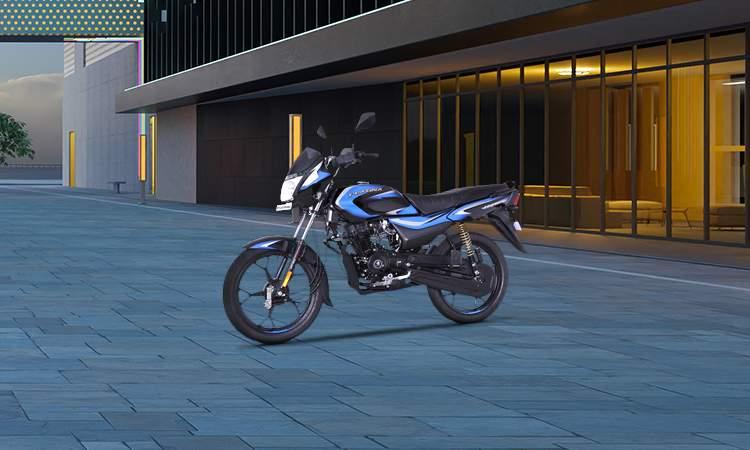 Bajaj Platina 110Ex-Showroom Price₹ 72,224
Bajaj Platina 110Ex-Showroom Price₹ 72,224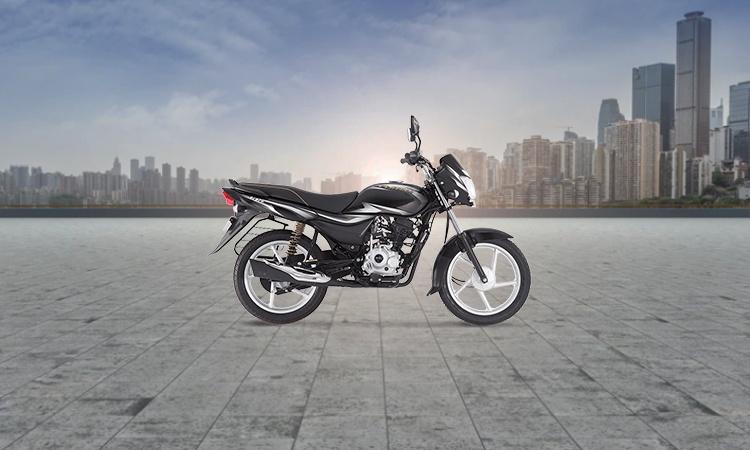 Bajaj Platina 100Ex-Showroom Price₹ 52,915 - 63,578
Bajaj Platina 100Ex-Showroom Price₹ 52,915 - 63,578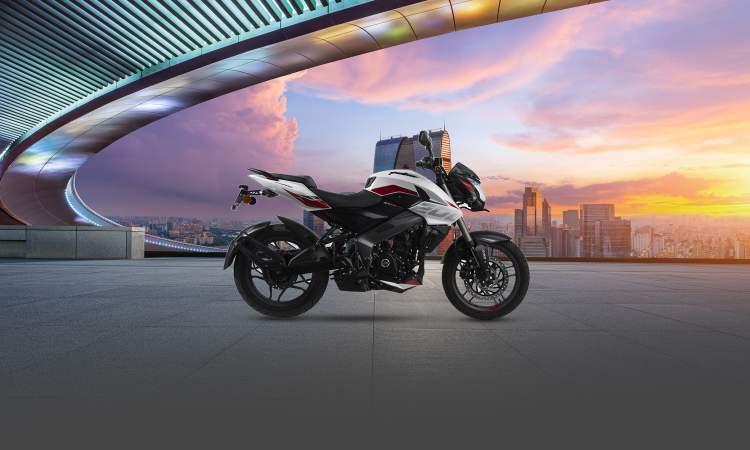 Bajaj Pulsar 200 NSEx-Showroom Price₹ 1.57 - 1.69 Lakh
Bajaj Pulsar 200 NSEx-Showroom Price₹ 1.57 - 1.69 Lakh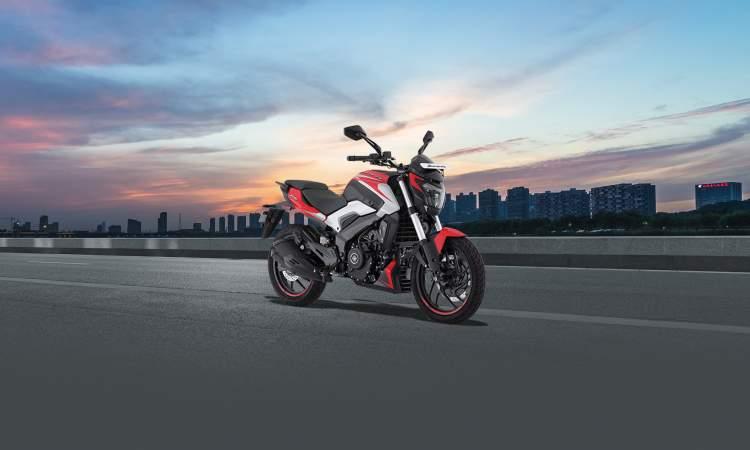 Bajaj Dominar 250Ex-Showroom Price₹ 1.54 Lakh
Bajaj Dominar 250Ex-Showroom Price₹ 1.54 Lakh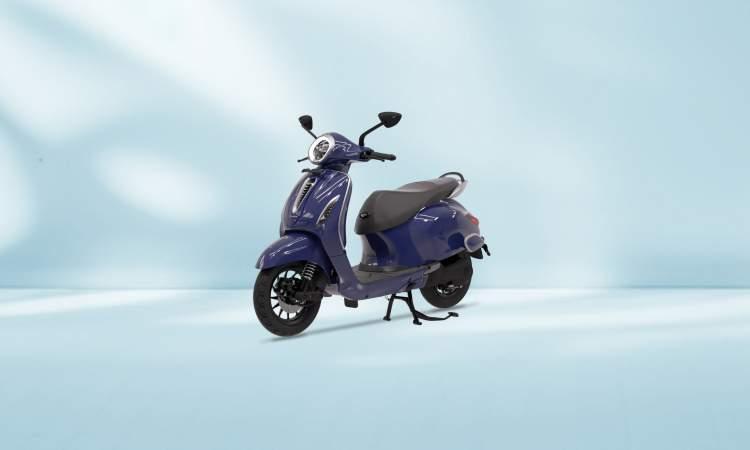 Bajaj ChetakEx-Showroom Price₹ 1.15 - 1.35 Lakh
Bajaj ChetakEx-Showroom Price₹ 1.15 - 1.35 Lakh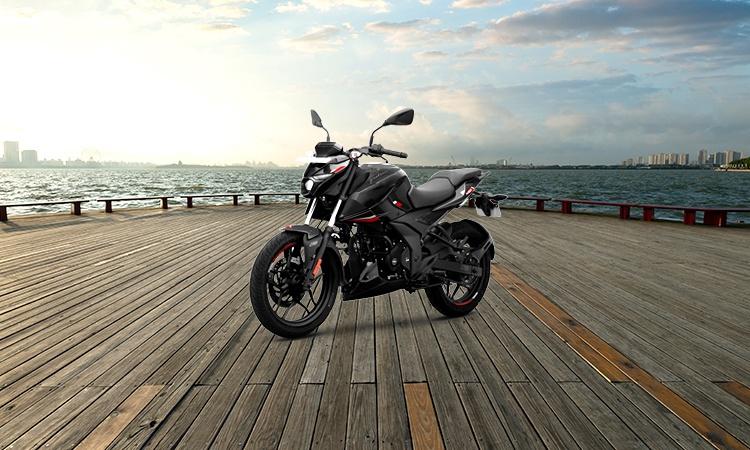 Bajaj Pulsar N160Ex-Showroom Price₹ 1.28 Lakh
Bajaj Pulsar N160Ex-Showroom Price₹ 1.28 Lakh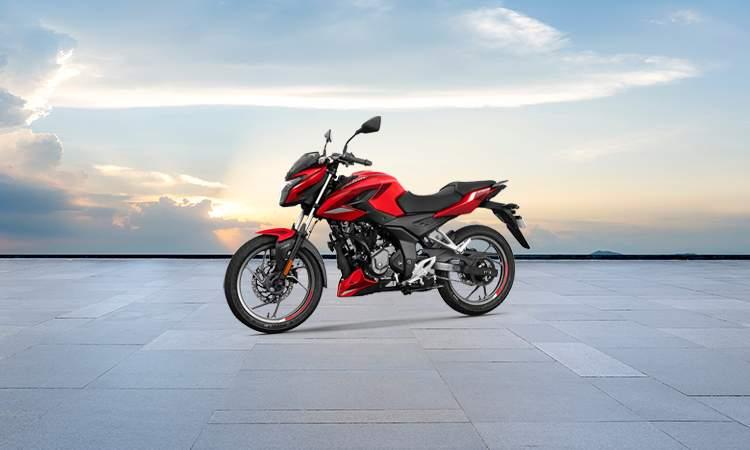 Bajaj Pulsar P150Ex-Showroom Price₹ 1.17 - 1.2 Lakh
Bajaj Pulsar P150Ex-Showroom Price₹ 1.17 - 1.2 Lakh![Bajaj Dominar 400 [2019]](/_next/image?url=https%3A%2F%2Fimages.carandbike.com%2Fbike-images%2Fbig%2Fbajaj%2Fdominar-400-2019%2Fbajaj-dominar-400-2019.jpg%3Fv%3D17&w=3840&q=75) Bajaj Dominar 400 [2019]Ex-Showroom Price₹ 2.03 Lakh
Bajaj Dominar 400 [2019]Ex-Showroom Price₹ 2.03 Lakh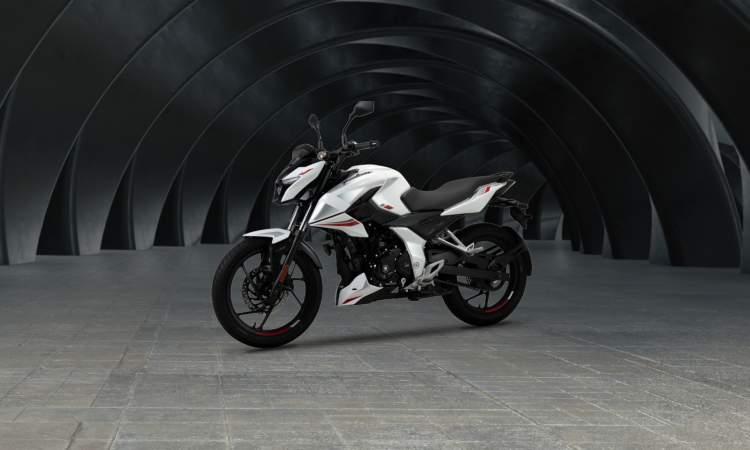 Bajaj Pulsar N150Ex-Showroom Price₹ 1.17 Lakh
Bajaj Pulsar N150Ex-Showroom Price₹ 1.17 Lakh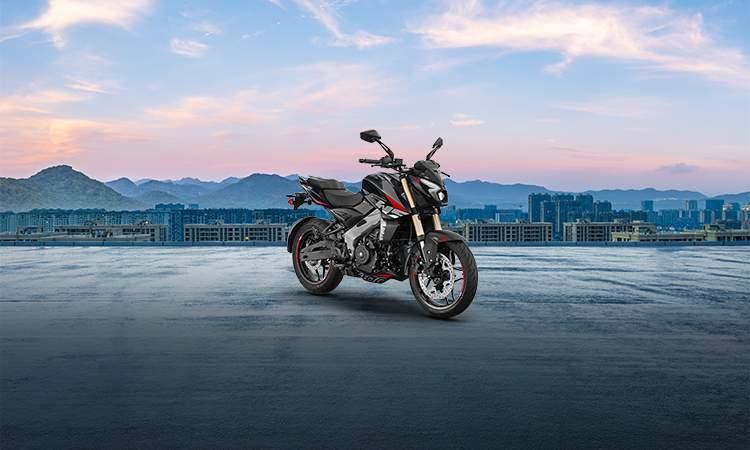 Bajaj Pulsar NS400Ex-Showroom Price₹ 1.85 Lakh
Bajaj Pulsar NS400Ex-Showroom Price₹ 1.85 Lakh
Explore More
Latest News
Related Articles
